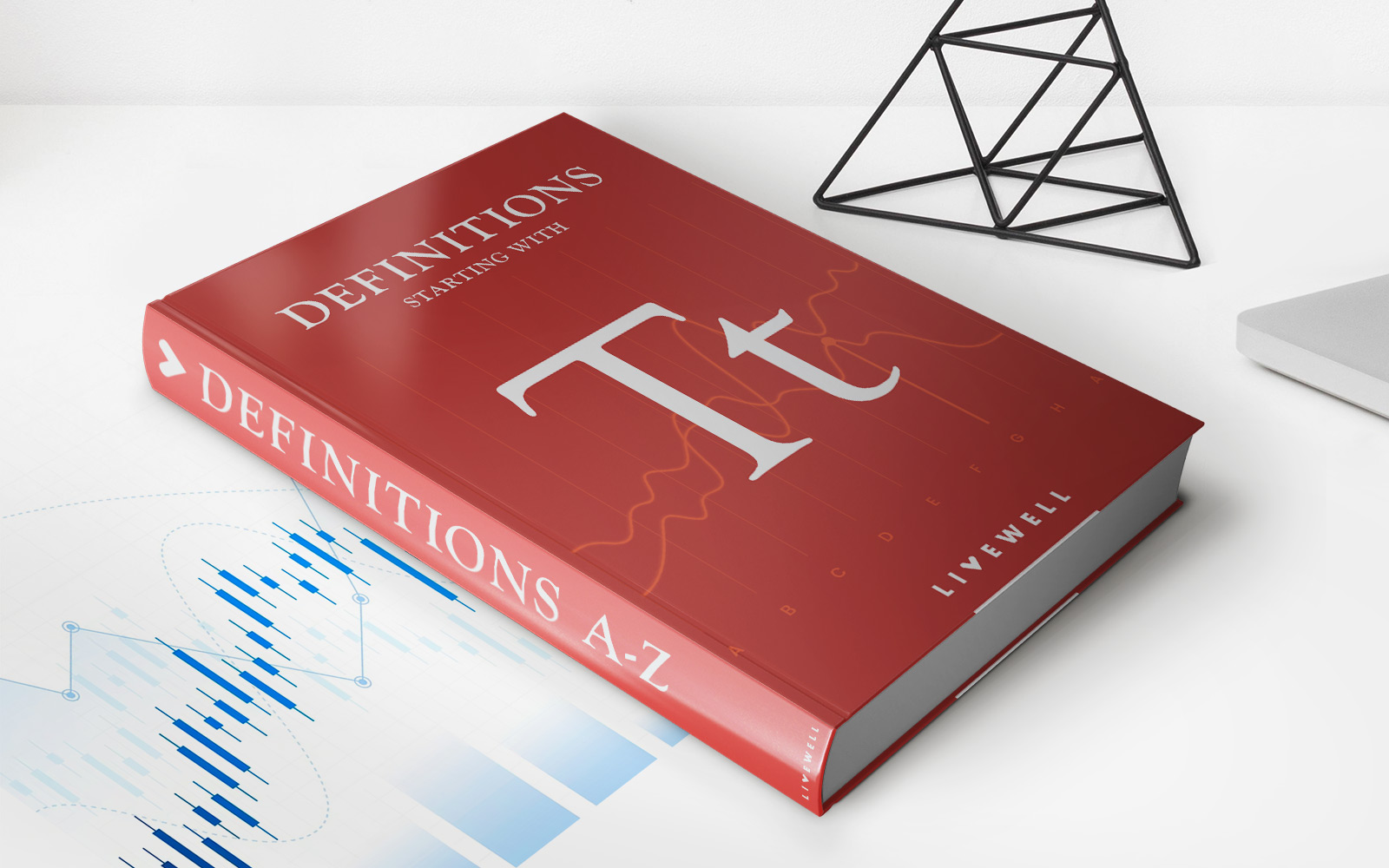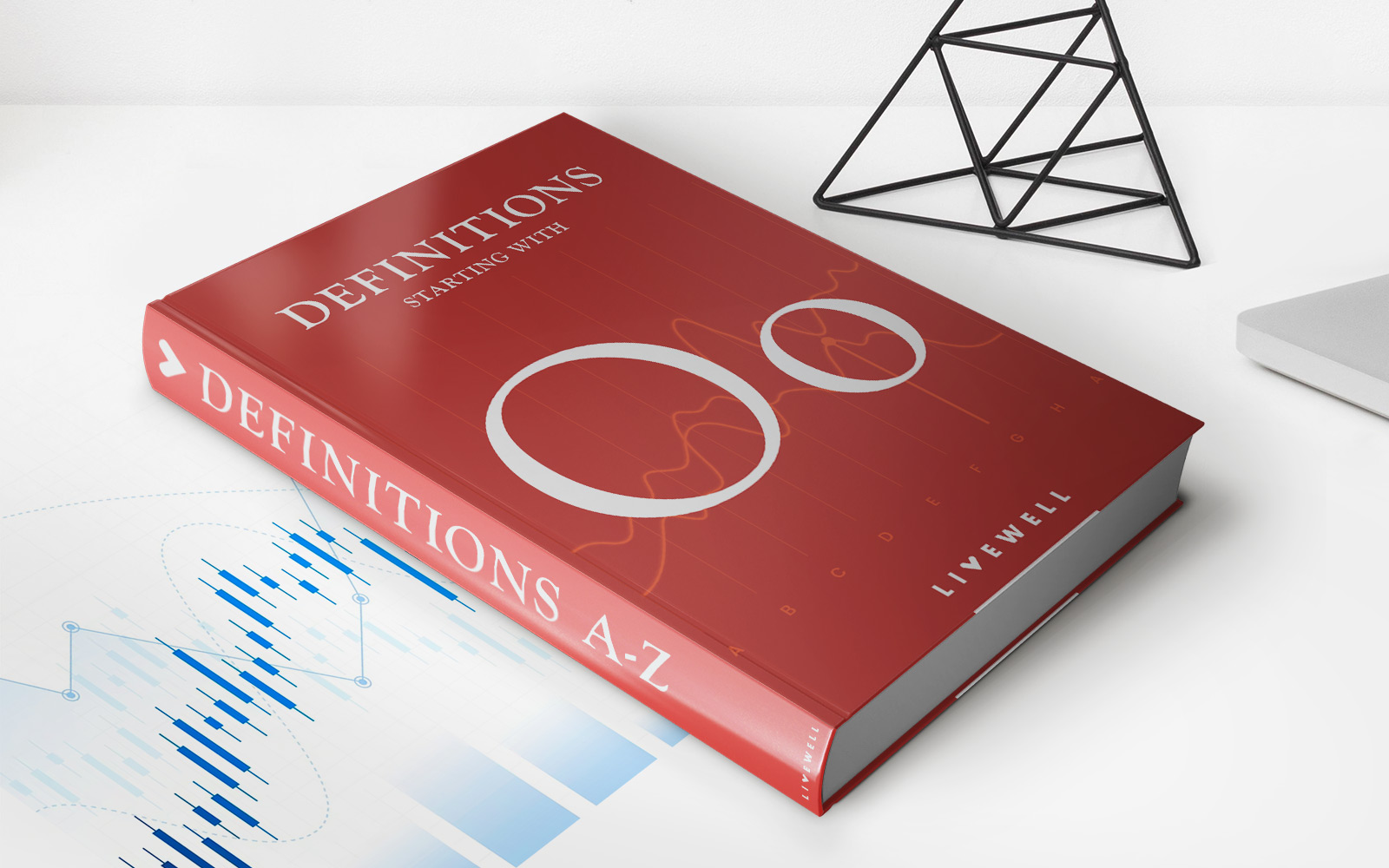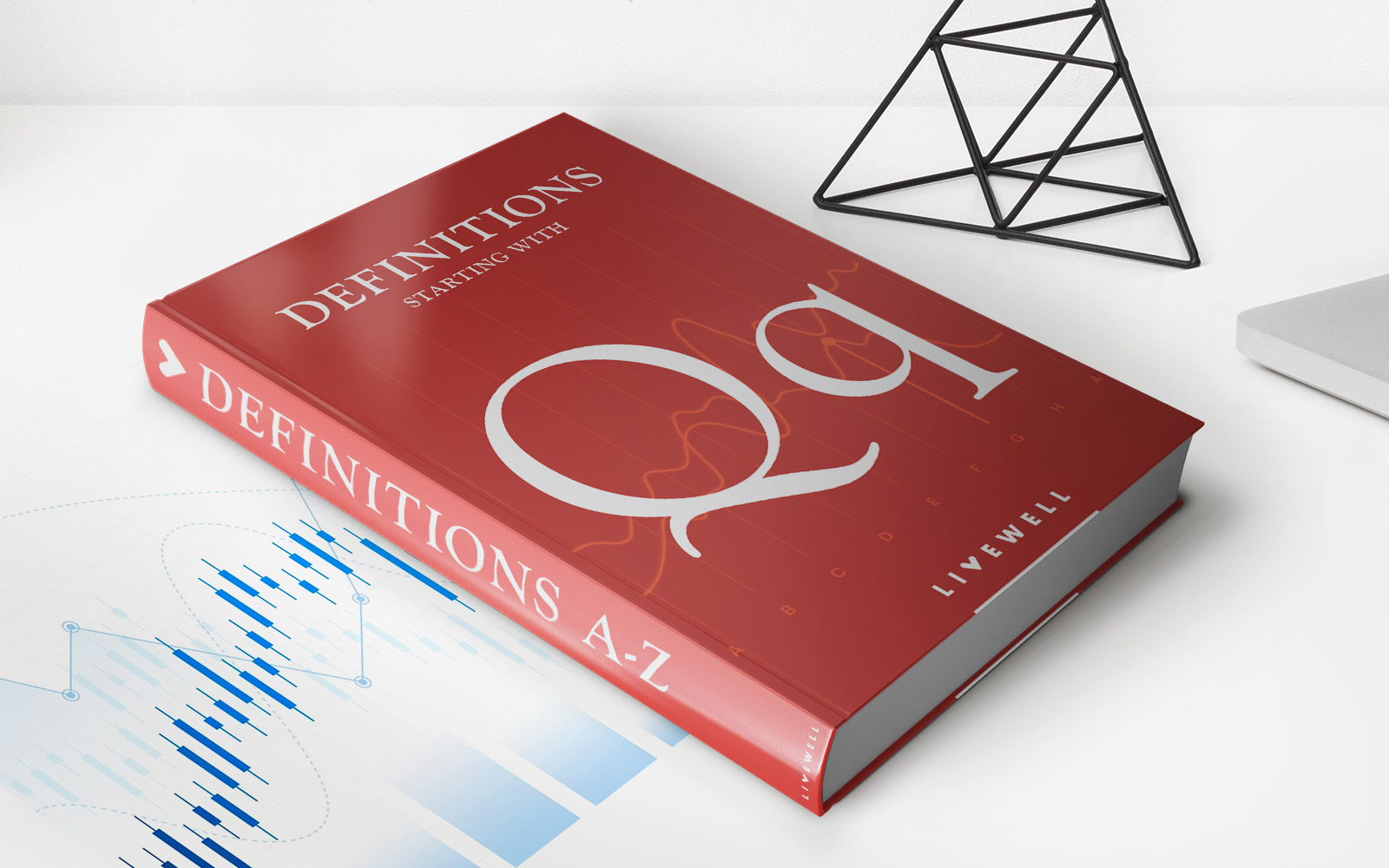Home>Finance>What Is A Free Trade Area? Definition, Benefits And Disadvantages


Finance
What Is A Free Trade Area? Definition, Benefits And Disadvantages
Published: November 28, 2023
Discover the definition, benefits, and disadvantages of free trade areas in finance. Gain a comprehensive understanding of this key concept.
(Many of the links in this article redirect to a specific reviewed product. Your purchase of these products through affiliate links helps to generate commission for LiveWell, at no extra cost. Learn more)
What Is a Free Trade Area? Definition, Benefits, and Disadvantages
Welcome to our finance category! Today, we are diving into the world of international trade and exploring what a free trade area is all about. If you’ve ever wondered how countries can come together to boost economic growth and increase trade, then this blog post is for you. In this post, we will define free trade areas, discuss their benefits, and shed light on their potential drawbacks. So, let’s begin!
Key Takeaways:
- A free trade area is a designated region where member countries agree to remove trade barriers such as tariffs and quotas on goods and services.
- Participating nations in a free trade area aim to increase cross-border trade, deepen economic integration, and promote overall economic growth.
What Is a Free Trade Area?
A free trade area is a designated region where a group of countries agrees to remove trade barriers in the form of tariffs, quotas, and other restrictions on the import and export of goods and services. Member countries within a free trade area enjoy preferential treatment, allowing them to trade with each other more freely compared to non-member countries.
In a nutshell, a free trade area represents an effort by participating nations to stimulate economic growth through increased trade and cooperation. By eliminating or reducing trade barriers, member countries aim to create a more efficient and competitive environment, maximizing the benefits for their respective economies.
Benefits of Free Trade Areas
Free trade areas offer various advantages to member countries. Here are some key benefits:
- Promotion of Economic Growth: By reducing trade barriers, free trade areas can foster increased trade flows between member countries. This boost in export and import activity can lead to economic growth as it opens up new markets and opportunities for businesses. Increased trade also encourages efficiency and innovation.
- Enhanced Market Access: Participating nations gain improved access to the markets of other member countries, giving their products and services a competitive advantage. This expanded market access can lead to increased sales and revenue for businesses within the free trade area.
- Lower Consumer Prices: Free trade areas can result in reduced import costs as trade barriers are removed. This can lead to lower prices for consumers, giving them access to a wider variety of goods and services at more affordable rates.
- Increased Foreign Direct Investment (FDI): Free trade areas often attract foreign direct investment due to the favorable business environment created by reduced trade barriers. Foreign companies may be more willing to invest in member countries to take advantage of the increased trade and market opportunities.
Disadvantages of Free Trade Areas
While free trade areas bring numerous benefits, they also come with potential disadvantages. It’s important to acknowledge and understand these challenges:
- Job Displacement: Increased trade can lead to job displacement, particularly in industries that cannot compete with cheaper imports. While overall economic growth may occur, some workers may find it challenging to transition to new sectors, causing short-term disruption.
- Loss of Sovereignty: Critics argue that participating countries may lose some degree of sovereignty over trade-related policies as they must conform to the regulations and agreements of the free trade area. This can limit their flexibility in setting specific trade rules.
- Unequal Benefits: Not all countries within a free trade area may experience equal benefits. Factors such as economic size, development, and competitiveness can influence how much a country gains from participation. Smaller and less developed nations may face challenges in competing with larger member countries.
- Dependency on Member Countries: Over-reliance on a small group of member countries for trade can make a country vulnerable to economic fluctuations. Any disruptions or economic crises within the free trade area can potentially impact all member countries. Diversification of trade partners is crucial to mitigate this risk.
While free trade areas bring undeniable advantages, they require thoughtful consideration, long-term planning, and continuous evaluation to ensure a fair and balanced playing field for all participating nations.
We hope this overview has provided you with valuable insights into what a free trade area entails, its benefits, and potential drawbacks. For more informative finance content, keep exploring our finance category!














